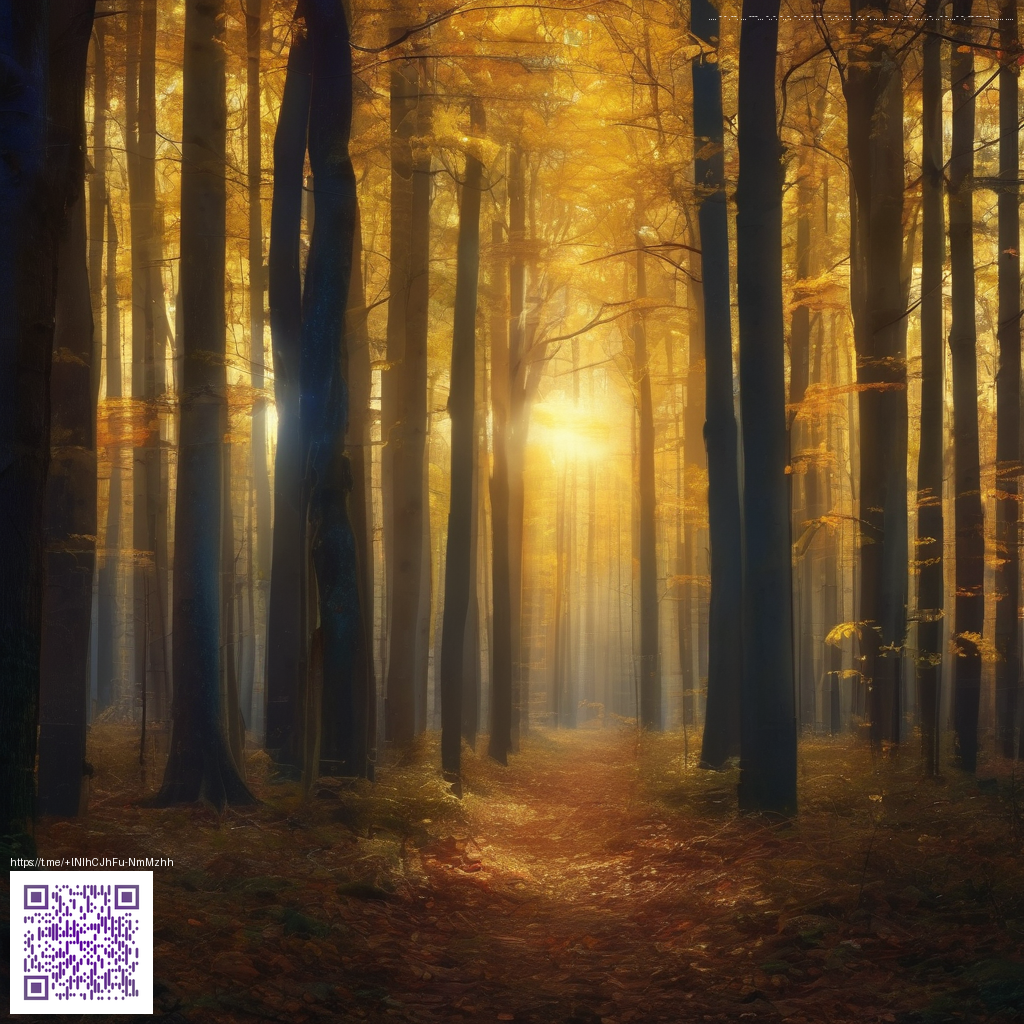
Practical Acacia Slab Mountain Builds for Realistic Peaks
Acacia slabs provide a compact and expressive tool for builders who want dramatic mountain silhouettes without overloading the map with blocks. This guide dives into how to use the acacia_slab block to craft rugged ridges, sun warmed ledges, and believable slopes that blend with stone and dirt. The warm tone of acacia wood helps you create mountains that feel alive in sunrise light and stormy afternoons 🧱.
Beyond looks, slabs offer real space saving and structural options. A single placement can become two heights when you use the top or bottom states, which helps you carve stair like transitions up the face of a peak. The double state lets you fill wide faces with a solid plateau or cliff edge. Remember that acacia slabs do not emit light and do not remain transparent when waterlogged so plan shading and water features accordingly.
States and placement basics
Each acacia slab has a type state that can be top bottom or double. Placing a top slab along a ridge creates a crisp edge that reads as a rocky crest. Bottom slabs extend a terrace without adding a separate block on the lower step. The double state acts like two slabs stacked at the same location and is ideal for sealing a plateau or forming a sturdy platform on a steep wall. Waterlogged slabs offer a subtle way to imply moisture along trails or creek beds yet they keep the overall silhouette intact.
Shaping mountains with slabs
Begin with a rough core using stone and dirt to establish the backbone of your mountain. Layer acacia slabs along the outer faces to produce weathered ledges and wind carved stairs. Mix in irregular overlaps rather than a neat grid to avoid a robotic look. Alternate top and bottom slabs as you climb the slope to create micro terrains that catch light differently and enhance depth. For larger faces use double slabs at strategic spots to create solid cliff like sections without adding bulk.
Color and texture integration
The warmth of acacia contrasts nicely with gray stone and dark blocks like cobblestone or spruce bark. Use slabs to ensure graceful transitions between high ridges and lower slopes. Pair acacia slabs with mossy blocks, gravel, and dirt to produce natural textures that feel well traveled. When you build near sunlit areas consider how light bleeds across the ledges to emphasize the layered structure of the peak.
Practical build tips
- Plan a loose ridge line and lay down a foundation of stone then build outward with slabs
- Place alternating top and bottom slabs to create irregular edges that mimic weathering
- Use double slabs to fill broad faces without heavy block usage
- Integrate moss and small blocks at the base to simulate age and growth
Advanced tricks and community tips
If you enjoy precision work consider using tools like WorldEdit or similar editors to map out long stretches of mountain while maintaining organic variation. Try creating mini overhangs and sheltered alcoves by combining slab layers with vertical blocks. The key is to keep the silhouette readable from a distance while rewarding close inspection with subtle texture changes. Sharing builds with the community can spark ideas for new ridges and wind blown textures 🌲.
Acacia slabs in mountain builds are a reminder that subtlety often wins. By playing with the top bottom and double states you unlock a toolkit that scales with your ambition. Whether you are crafting a solitary peak or a range that spans a valley, these slabs help you tell a story with light and shadow rather than sheer block count.
Support Our Minecraft Projects